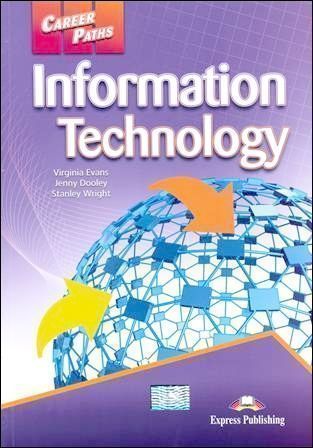書籍分類

Talk Like a Pro: Making a Winning Presentation
作者:Bertha Du-Babcock
原價:NT$ 500
內容介紹 目錄
- 【內容試閱 請點我】
- The principles of presentations provide learners with a foundation for making a professional presentation.
- The video clips provide learners with observational learning opportunities to integrate principles with applications.
- End-of-chapter exercises and activities allow learners to integrate concepts with directed practice.
Description
Talk Like a Pro: Making a Winning Presentation is designed to supplement any textbook on Business Communication. This material set can also be a textbook for a one-or-two-unit standalone presentation course. The Guidebook, together with abundant end-of-chapter exercises and activities, aims to help learners in Asia or countries where English is a second or foreign language prepare them for a professional presentation. It is equally valuable for working professionals who need practical advice on preparing for business presentations.
In designing this material set, the author meticulously decomposes award-winning presentation videos into ten-chapter learning units. The author firmly believes that learning can be maximized and be most effective when the learning can be achieved by observing and imitating good examples and when the learning tasks and materials are customized to meet learners’ specific needs and backgrounds. Through the observational learning approach, students and professionals learn by watching and analyzing the video clips. This integrative learning approach allows learners to apply the learned principles of a professional presentation to their performance through a series of step-by-step task activities building up to a complete production.
This material set examines the different components of a typical business presentation in detail and suggests concrete steps to guide the learners and produce their own. Three key features of this material set are:







